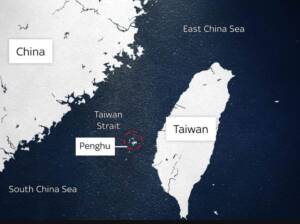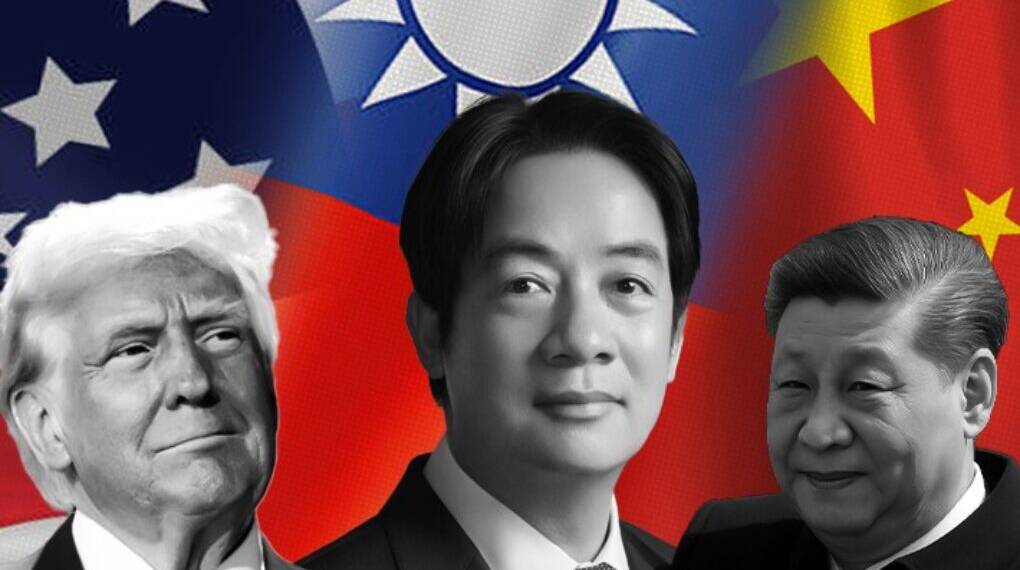At the strategic Penghu archipelago off Taiwan’s west coast, a recent government drill simulated emergency responses to imagined Chinese attacks. Explosions rang out, rescue teams scrambled, and civilians practiced distribution of aid. Yet, beneath the surface exercise, questions linger: Is Taiwan genuinely prepared for the real prospect of invasion by China?

The Growing Reality of a Chinese Threat
Taiwan’s deputy foreign minister Wu Chih-chung delivers a blunt assessment: “China is preparing to invade Taiwan.” Under President Xi Jinping, Beijing has intensified its push for reunification, reportedly readying military forces for a potential invasion by as early as 2027. The situation has grown more tense since the election of Taiwan’s President Lai Ching-te, whose assertive stance and policies are seen as provocative by Beijing, resulting in heightened military drills, encirclement maneuvers, and persistent gray zone tactics.
The Challenge at Penghu: Civil Resilience Tested but Falling Short
Penghu, located just 50 kilometers from Taiwan’s main island, is considered a key early target in any conflict scenario. Drills here are vital, yet observers note glaring gaps in preparedness. At a community hall, a dozen staff rehearse food distribution, but skepticism arises: How could limited personnel satisfy the needs of thousands in crisis? The logistical capacity to handle mass civilian support remains woefully inadequate, raising doubts about civil resilience under real conflict conditions.
Gray Zone Incursions and Daily Pressures
Chinese tactics increasingly operate in ambiguous “gray zones”—actions short of open warfare but designed to destabilize Taiwan and exhaust its defenses. Chinese coast guard ships frequently patrol near Taiwanese fishing grounds, deterring local fishermen and disrupting traditional livelihoods. Unmarked “three-no” ships—lacking names, flags, or registration—are observed crossing sensitive lines, suggesting covert maritime militia actions that complicate Taiwan’s response.
The Hawkish Turn of Taiwan’s Leadership
President Lai’s administration has adopted a hardline approach, declaring China a “foreign hostile force” and ramping up security measures. Military courts have been reinstated, espionage arrests quadrupled since 2021, and pro-China influencers deported. These moves have undoubtedly increased tensions and led to an uptick in Chinese military exercises, which now often include live-fire drills and island encirclement operations.
Uncertainties Over U.S. Support Under Changing American Policies
Taiwan’s defense strategy is inseparable from U.S. relations, yet the return of President Donald Trump has cast doubt over the extent of American backing. While the U.S. remains treaty-bound to supply defensive arms, Trump’s inconsistent rhetoric, trade tariffs on Taiwanese semiconductors, and reluctance to commit explicitly to Taiwan’s defense have shaken confidence. Taiwanese officials maintain pragmatic diplomacy, emphasizing ongoing U.S. military support and economic interdependence highlighted by the $100 billion TSMC investment in U.S. chip factories—Taiwan’s semiconductor industry being a vital strategic asset.
Taiwan’s Military Modernization: Progress and Constraints
Inspired by conflict lessons from Ukraine, Taiwan has accelerated procurement of asymmetric weaponry, especially military drones. Yet, production capacity remains limited—only about 5% of the targeted 180,000 units per year by 2028 have been achieved as of 2025. Industry leaders acknowledge these measures represent a “wake-up call,” but a significant gap remains between ambition and readiness.
The Stark Reality: Taiwan Alone Faces Daunting Odds
Deputy Foreign Minister Wu expresses a sober truth: without allied support, Taiwan cannot realistically withstand China’s military might alone. The island’s geography and population create inherent vulnerabilities. China, framing Taiwan as an internal matter and labeling its leadership separatists, continues to appear resolute in its objective, leveraging military, political, and economic pressure.
Also Read: “We’ll Bomb Beijing if China ATTACKS Taiwan”-Trump; Xi Jinping Responds with Defiance
Urgency Amid Fragile Status Quo
Taiwan’s current state reflects a complex balance—remaining self-governed and democratic, yet overshadowed by overwhelming Chinese power and regional uncertainty. Civil defense drills underscore gaps in readiness, gray zone tactics chip away at stability, and ambiguity around the reliability of U.S. support adds to anxiety.
Maintaining the fragile status quo that has preserved Taiwan’s relative peace for decades is now more challenging than ever. Taiwan’s leaders and people face a daunting question: how to bolster resilience and deterrence in the face of a mounting and credible threat that may soon shift from theory to reality.








